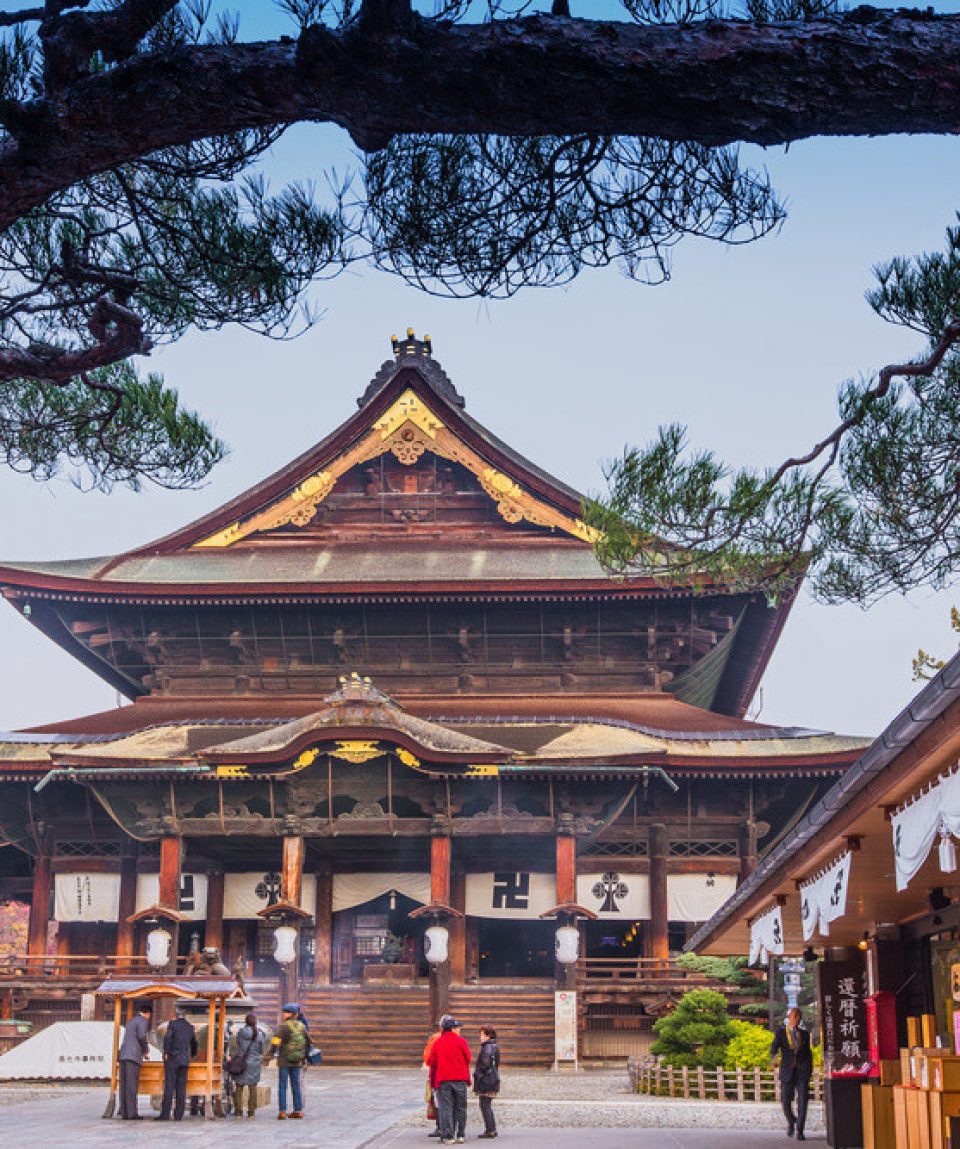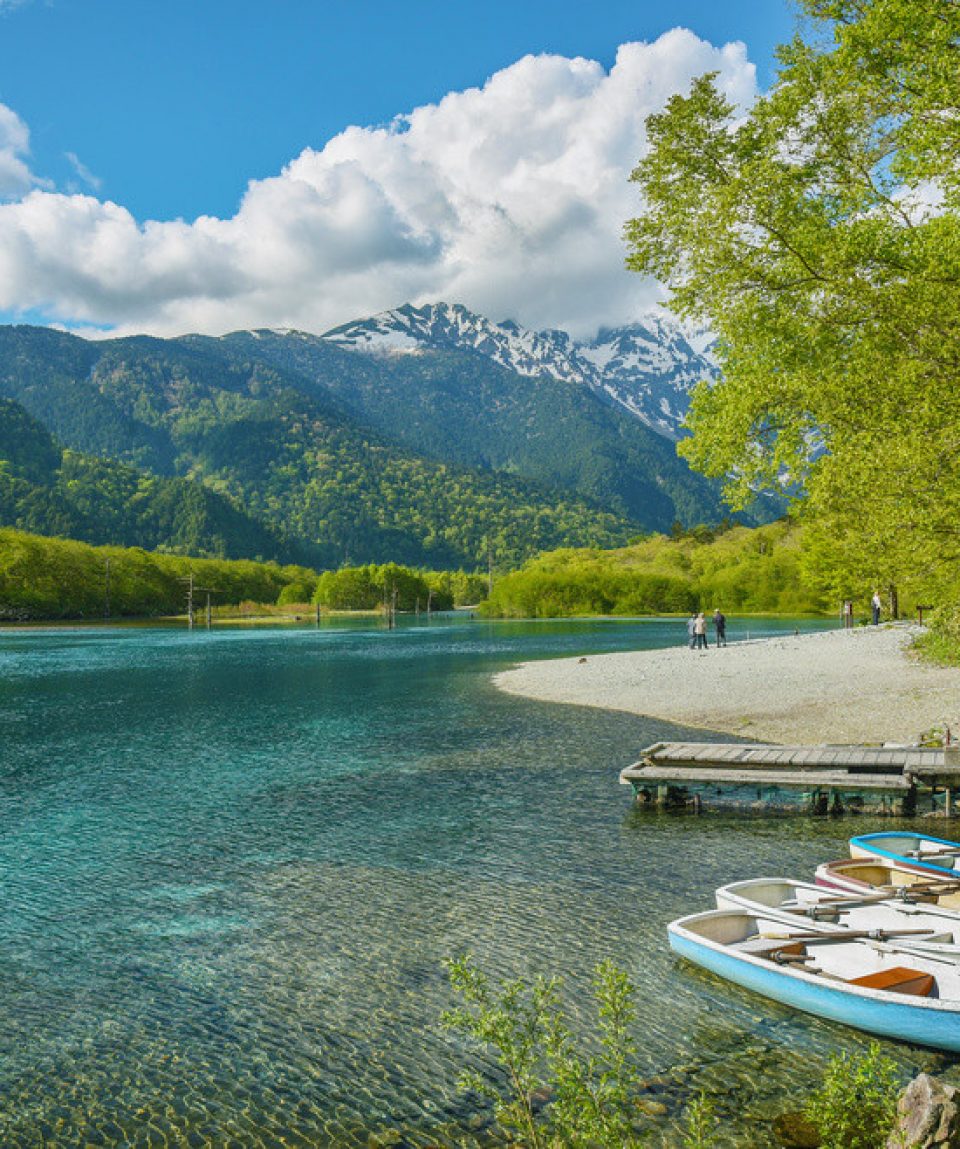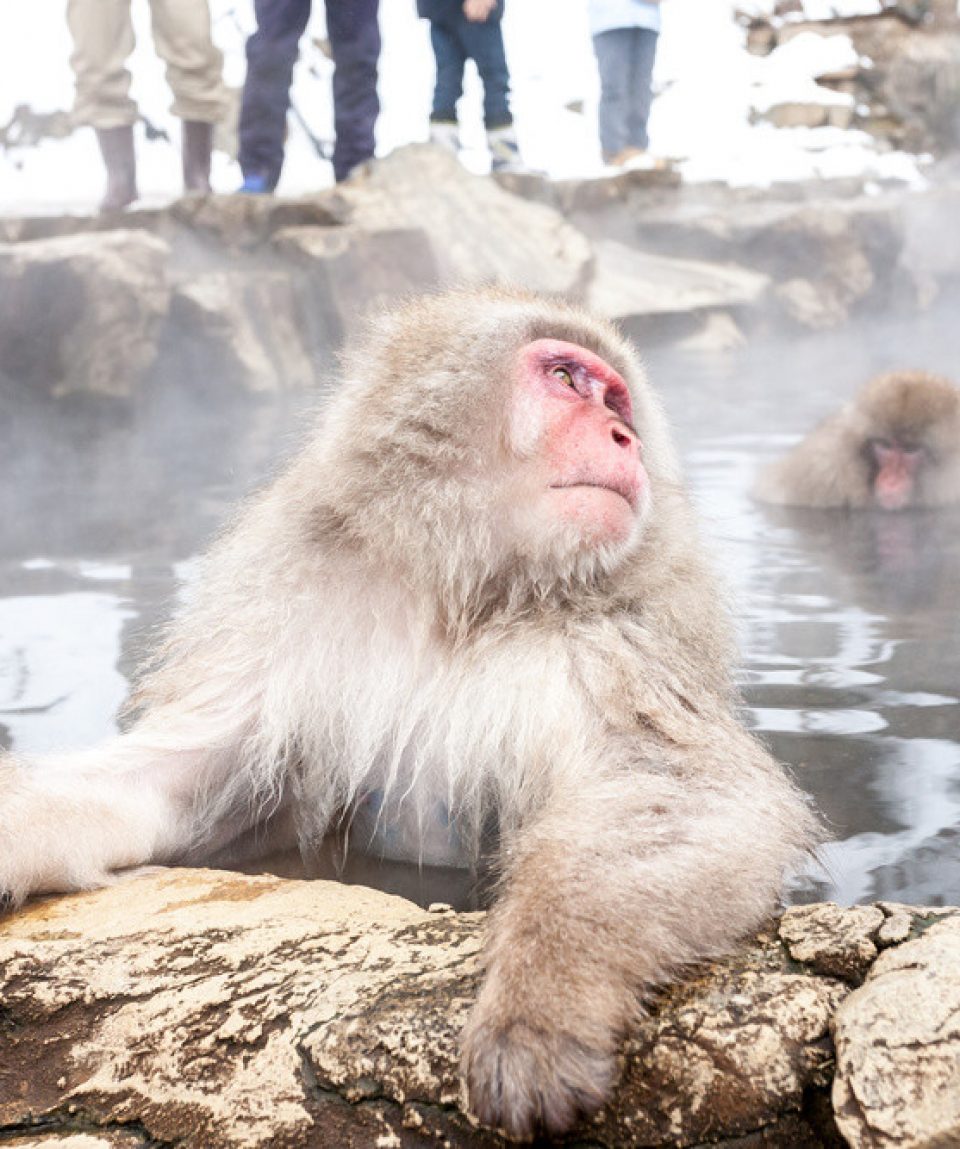Pure Japan: Skyscrapers, Shrines & Snow Monkeys
fromTokyo, Nagano, Yudanaka, Hakone, Kyoto, Osaka
Meet cute underground aquifer dousing snow monkeys close to Nagano.
Visit Kyoto’s UNESCO-secured sanctuaries, including the renowned Kinkaku-Ji, otherwise called the “Brilliant Pavilion”.
Absorb the road culture in Tokyo’s Shibuya, Harajuku, and Akihabara locale.
Eat and train like a Yokozuna at authentic sumo preparing office.
Stay at a handpicked determination of premium facilities.
-
Reviews 0 Reviews0/5
-
Vacation Style Holiday TypeDiscovery, Family, Guided Tours
-
Activity Level Moderate
-
Group Size Medium Group
A travel experience like no other
This example schedule was made by specialists and is intended to motivate your next trip. It is fit to be altered to suit your inclinations, tastes, and spending plan so you can associate with nearby societies and experience real travel on your own terms, and withdrawing at whatever point you pick.
- DAY 1
TOKYO Get In and Get Some Rest
- Japan Welcome Package
- Airport Meet & Greet – Assistant (Narita 9:00-20:55)
- Airport – Vehicle/Driver (Narita Airport).
- DAY 2
TOKYO A Healthy Dose of History
- Tokyo Highlights (4 hrs) – Private Tour
- Half-Day Ghibli Museum Tour (4 hrs) – Guide/Public Transport.
- DAY 3
TOKYO Explore with an Expert
- Sumo Training Experience by Public Transportation (1-2 hrs) – Shared Tour
- Afternoon Pop Culture in Shibuya, Harajuku and Akihabara (4 hrs) – Private Tour.
- DAY 4
TOKYO Cultural Immersion
- Ozawa Sake Brewery Tour (with Lunch, 9 hrs) – Guide/Public Transport.
- DAY 5
TOKYO TO NAGANO TO YUDANAKA En Route
- Train Station Transfer with Private Vehicle and Guide – Vehicle/Guide
- Train – Tokyo – Nagano [(2hrs)] – Standard Class
- Historic Temple of Zenkoji by Private Transportation – Vehicle/Driver/Guide
- Lunch (not included)
- Transfer – Private – Nagano – Yudanaka [45 mins] – Vehicle/Driver
- Kaiseki Dinner.
- DAY 6
YUDANAKA Cross an Item off the Bucket List
- Breakfast (included)
- Jigokudani Yaen Koen by Taxi – Guide/Taxi
- Lunch (not included)
- Obuse Hokusai Museum by Taxi – Guide/Taxi
- Dinner (included).
- DAY 7
YUDANAKA TO TOKYO TO HAKONE Ride the Rails
- Breakfast (included)
- Train – Yudanaka – Tokyo [via Nagano (3hrs)] – Standard Class
- Train Transfer Assistance – Assistant
- Train Station – Vehicle/Driver
- Half-Day Hakone Arts & Crafts Tour (4 hrs)
- Train – Tokyo – Hakone [(30mins)] – 1st Class
- Ryokan Meal – Dinner.
- DAY 8
HAKONE Lace Up for Some Fresh Air
- Hakone Highlights Tour (6 hrs) – Private
- Ryokan Meal – Dinner.
- DAY 9
HAKONE TO KYOTO Onward and Upward
- Train Station – Vehicle/Driver
- Train – Hakone – Kyoto [(2hrs)] – 1st Class
- Train Station Transfer with Private Vehicle and Guide – Vehicle/Guide
- Kyoto Highlights by Taxi (4 hrs) – Private Taxi.
- DAY 10
KYOTO Breathe the Mountain Air
- Full-Day Mt. Hiei Spiritual Tour (6 hrs) – Guide/Public Transport.
- DAY 11
KYOTO Wind Down
- Nara by Taxi & Local Train (5 hrs) – Private Guided.
- DAY 12
KYOTO TO OSAKA Head Home
- Transfer – Private – Kyoto – Osaka [Kansai Airport] – Vehicle/Driver.
- Breakfast every morning at your inn, in addition to any dinners demonstrated in the schedule
- Hello at the air terminal or at your convenience from one of our agents – your master will affirm your meet and welcome area with you
- Nearby private aides or shared visits that take you through your agenda features and encounters, your last schedule will affirm the sort of visit
- A private driver for visits and moves (in certain nations our neighborhood private aides additionally go about as your driver – your Destination Expert will examine with you if pertinent)
- All convenience stays, visits, and moves for planned exercises are canvassed except if in any case recorded in the agenda
- All day, every day in-objective help from our nearby office
- A completely redone agenda dependent on your inclinations and timetable
- One bag and one carry-on per individual for trip moves
- Extra touring, exercises, and encounters outside of your agenda
- Discretionary improvements like room or flight redesigns, or nearby camera or video expenses
- Identification charges, vaccination expenses, and nearby flight charges (when pertinent)
- Early registration or late registration from lodgings (except if in any case determined)
- Individual charges like clothing, calls, SIM cards, or room administration
- Overabundance stuff charges, and where pertinent, things excluded from your admission
- Snacks, meals, and beverages (heavy drinker and non-drunkard), except if indicated in the agenda
- Tips for administrations and encounters
- Visas (except if noted)
- Travel protection, which we offer and can be bought after you’ve booked your visit
- Your worldwide airfare – kindly can let your master say whether you’d prefer to get evaluating from our Air Team





